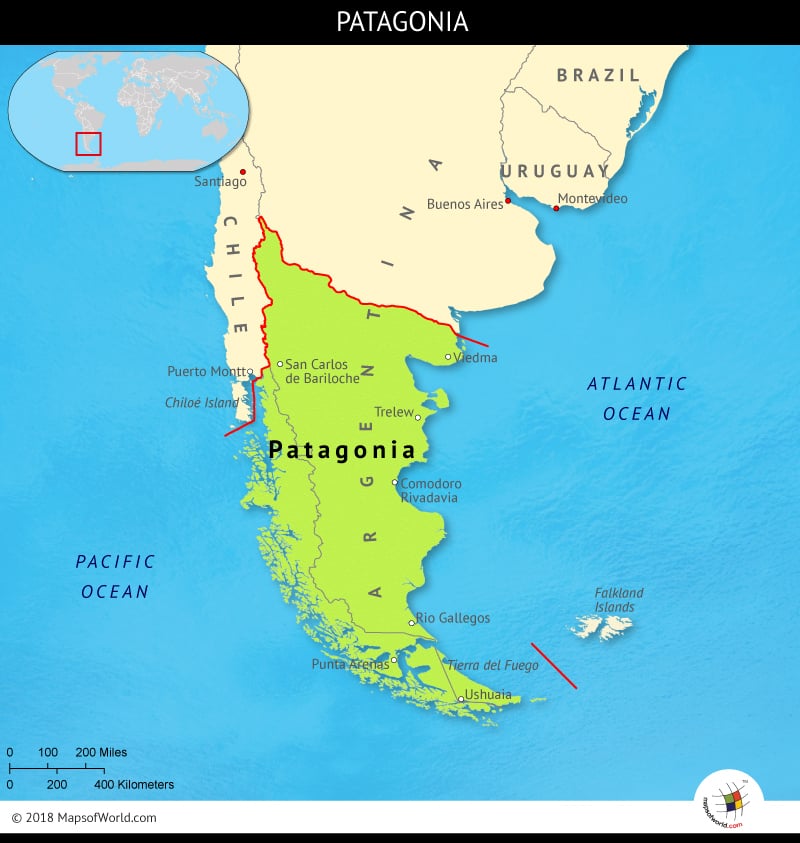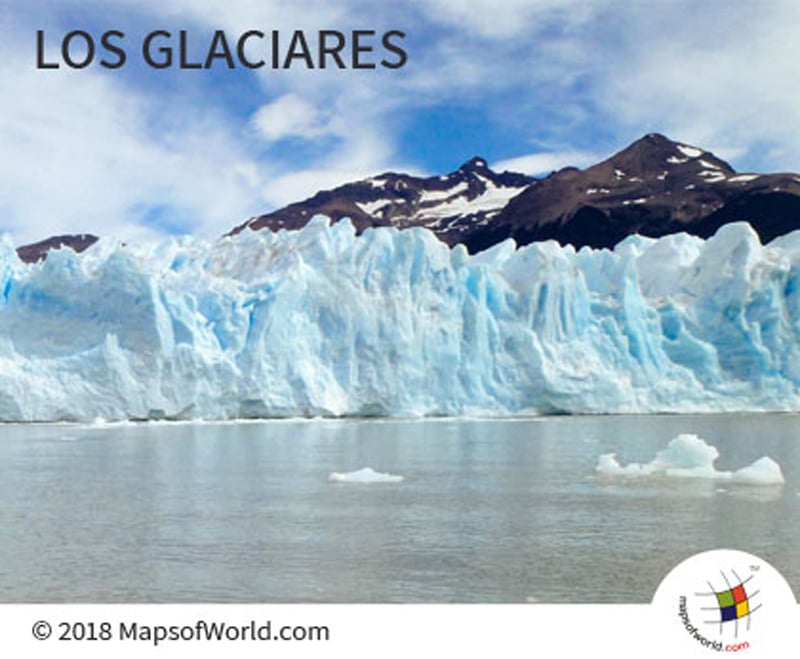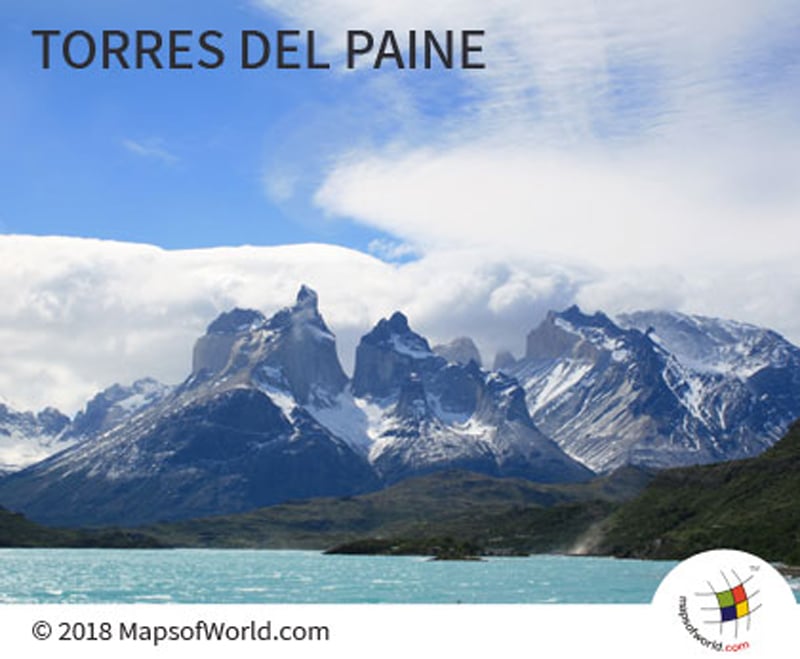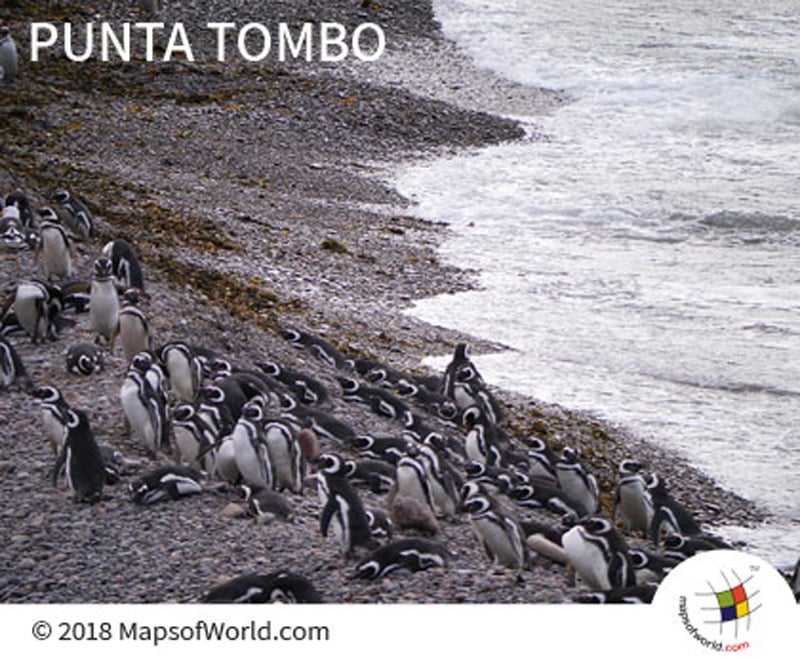What is Patagonia?

A land of lore and legend – Patagonia, ticks off some of the best sights a person can visit in their lifetime. Located on the frontier of South America, Patagonia is referred to as the region shared by Argentina and Chile. Since the region is sparsely populated, one can witness the deafening silence and lose themselves in the wild winds bypassing the mountaintop glaciers. One of the best respite from the hustle bustle of city life, Patagonia serves to be an unforgettable destination, offering a wealth of gorgeous landscapes.
Patagonia is a semi-arid plateau, covering an area of 260,000 square miles constituting a desert that extends from latitude 37° to 51° S, barren steeps, and lofty peaks. It is surrounded by Patagonian Andes on the west, the Atlantic Ocean on the east and ‘Strait of Magellan’ – a sea route in Chile, on the south. The landscapes of the region has been an inspiration for artists and travelers from all generations. Chris Moss has described Patagonia in his book, to have dramatic landscape, filled with nothingness and extremity.
The economy of the region is stabilized on the basis of mining, whaling, and livestock agriculture. Oil fields around Comodoro Rivadavia and near Neuquén, also account for the development in Patagonia. Tourism is well-established in northern lake districts of Argentina and Chile, crediting the abundance of flora and fauna.
One of the most visited national parks is located in Argentina – Los Glaciares. Declared as a World Heritage Site, the park sustains whopping 48 glaciers, with Perito Moreno glacier straddling impressive 96 square miles. It also the third biggest freshwater reserve.
Another major tourist attraction is Torres del Paine national park in Chile. The rugged landscape of the region enabled travelers to indulge in hiking, horseback riding, and boating in climatic conditions that are quite unpredictable. But, adventurers love to explore for the beautiful sunsets and mind sweeping views.
Large colony of Magellanic penguins in Punta Tombo is another major attraction. The penguins arrive on the land in late September for nesting, and stay till the month of April. Variety of flora and fauna is witnessed on the magnificent peninsular region.
The name ‘Patagonia’ was derived from the word ‘Patagones‘, coined by the first Portuguese explorer – Ferdinand Magellan, to describe Tehuelche Indians who were the early inhabitants of the region. They are believed to have arrived from Tierra del Fuego, owing to the ancient artifacts found in the region. Spaniards and Englishmen have attempted to colonize Patagonia, but the region was eventually devoid of any European settlements. People have immigrated to the region to exploit the resources or to enjoy the political liberties, yet the population density has remained low, with Neuquén in Argentina being the only metropolitan.
Know more:



